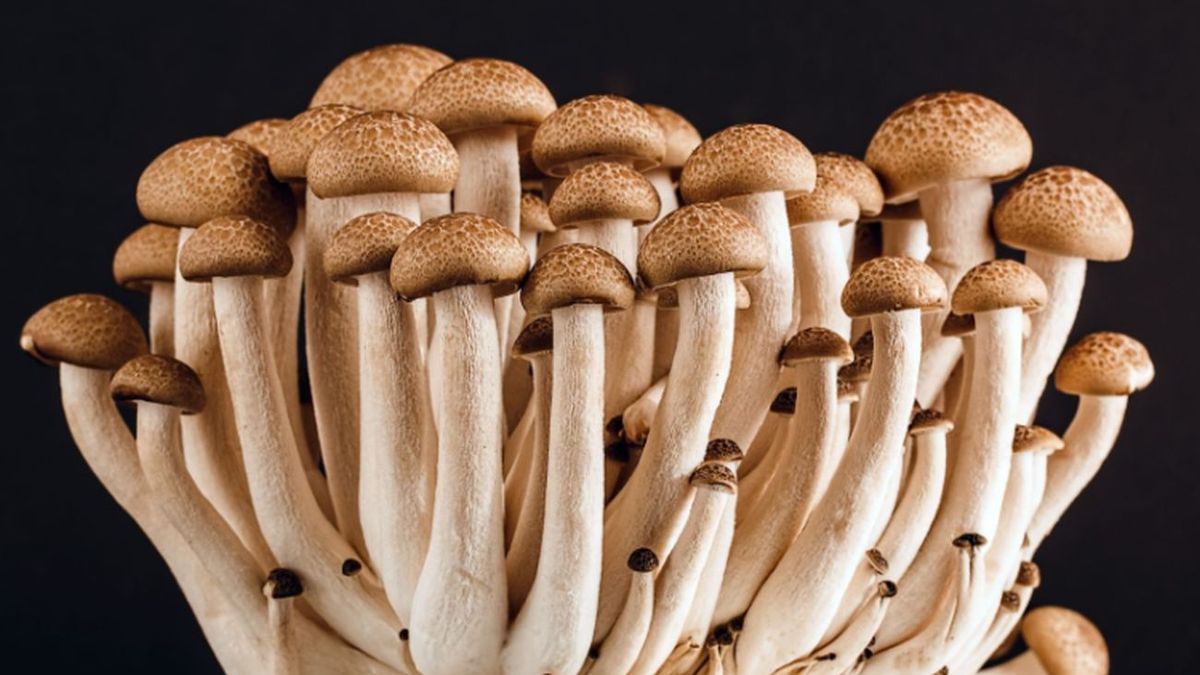You can’t walk through a forest in one part of the northwestern United States, in Washington state, without stumbling upon a fungus, a rash of the little-known fungi kingdomon which all life depends and whose importance will be discussed in COP16 in Colombia.
Some are tall and slender with helmet-shaped tops, others are large flourishes of brain-like folds. Many might seem like a delight in the hands of an expert chef, although just as many…definitely not. But the dozens of species that researchers and hobbyists collected on a recent morning represent only a small fraction of these non-plant or non-animal life forms.
“Mushrooms are not plants”said Amy Honan, professor of mycology and fungal ecology at the University of Oregon. “Fungi are more related to animals than to plants.” Plant species make their own food through photosynthesis, but those corresponding to the kingdom of fungi have to eat something else. “They spit out different enzymes, so They break down their food outside their body, and slurp it up like a milkshake“Honan explained.
fungal infection.jpg
Courtesy X @MicrobiosInfectados
Only 6% of the total fungal species are known
Of the at least 2.5 million species of mushrooms believed to exist on Earth, scientists have described about 150,000, the 6%, Honan told AFP during an excursion near Port Angeles, Washington state. Compared to what is known about plants and animals, this is practically nothing. “We know 98% of the vertebrates on the planet“said the expert. “We know about 85% of the plants that exist, and we know about 20% of the invertebrates.” This dearth of knowledge about fungi is worrying because of the vital – and largely hidden – role they play.
These life forms evolved before plants and created the conditions for vegetation to move from the sea to land. “Mushrooms are essential for all terrestrial ecosystems. They confer all kinds of benefits to plants, from salt tolerance, heavy metal tolerance, disease resistance“Honan added “Basically, Without fungi… plants would not exist. We need plants for oxygen, so the world would not exist in its current state“, complete.
It would also be full of dead things. “The mushrooms decompose all dead organic matterso they recycle all that carbon and other nutrients” facilitating the life cycle of plants and animals, Honan said.
There is increasing awareness of the importance of fungi, whose role will be discussed at the COP16 summit of the UN Convention on Biological Diversitywhich begins this Monday in the city of Cali, in southwestern Colombia. The British newspaper The Guardian reported last week that a joint proposal from Chile and the United Kingdom could see fungi recognized as “an independent kingdom of life in legislation, policies and agreements, in order to advance their conservation.” and adopt concrete measures that allow maintaining its benefits for ecosystems and people.
Mushrooms benefit human life
Greater protection would be good news, said mycologist Graham Steinruck, who, with Honan, is leading a study on fungal biodiversity in a place that was submerged until the removal of a dam a few years ago. As part of the Olympic Peninsula Fungi Festival, he and Honan have taken participants out into the field to teach them how to find mushroom species and record what they see. “I believe that the more fungi we discover and document will not only inform us about our biodiversity, but also about how we can better manage the land“Steinruck said.
Knowing more about these mysterious organisms can also benefit many aspects of human life. Mushrooms can help us “heal ourselves, and even potentially (help) other things like industries”he stated.
For participants in the mushroom hunt, the opportunity to find new fungal life was eye-opening. Naomi Ruelle had traveled from New York with her mushroom-loving partner, and participated in her first organized hunt. “I’ve learned a lot,” he said, smiling, showing off a collection that includes a huge fleshy specimen, yellow parasol mushrooms and others with curling stems that have taken root in a dead pine cone. “It has been very interesting to see the different species. Obviously they are going to take them to the laboratory and I am curious to know a little more about them,” he said.
Source: Ambito
David William is a talented author who has made a name for himself in the world of writing. He is a professional author who writes on a wide range of topics, from general interest to opinion news. David is currently working as a writer at 24 hours worlds where he brings his unique perspective and in-depth research to his articles, making them both informative and engaging.




